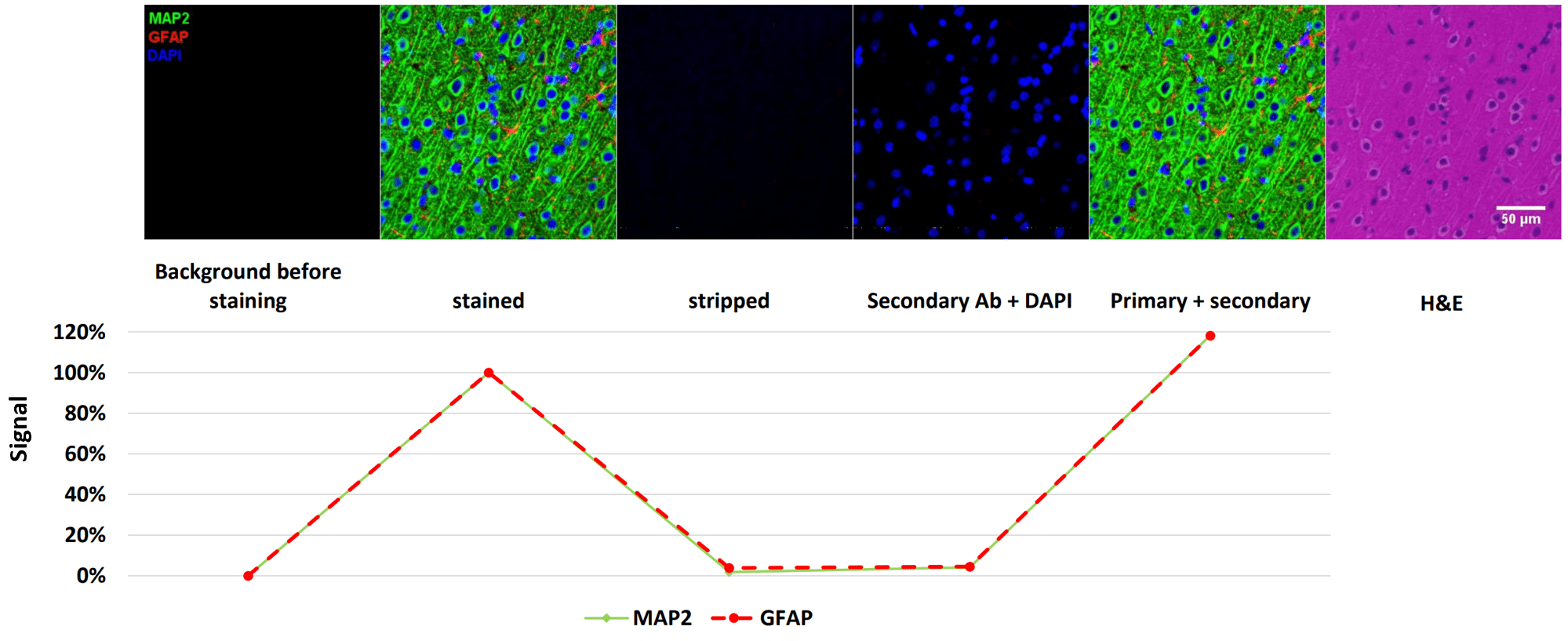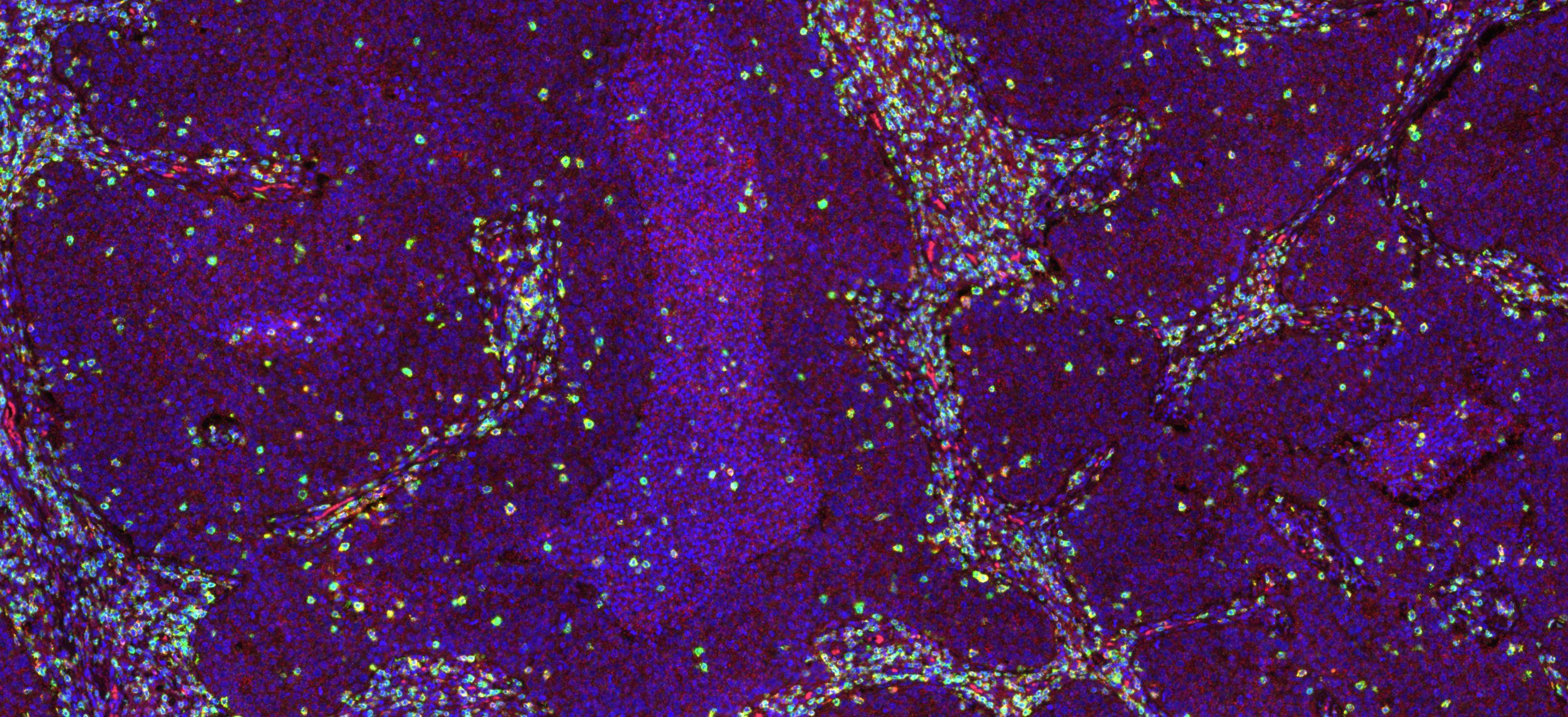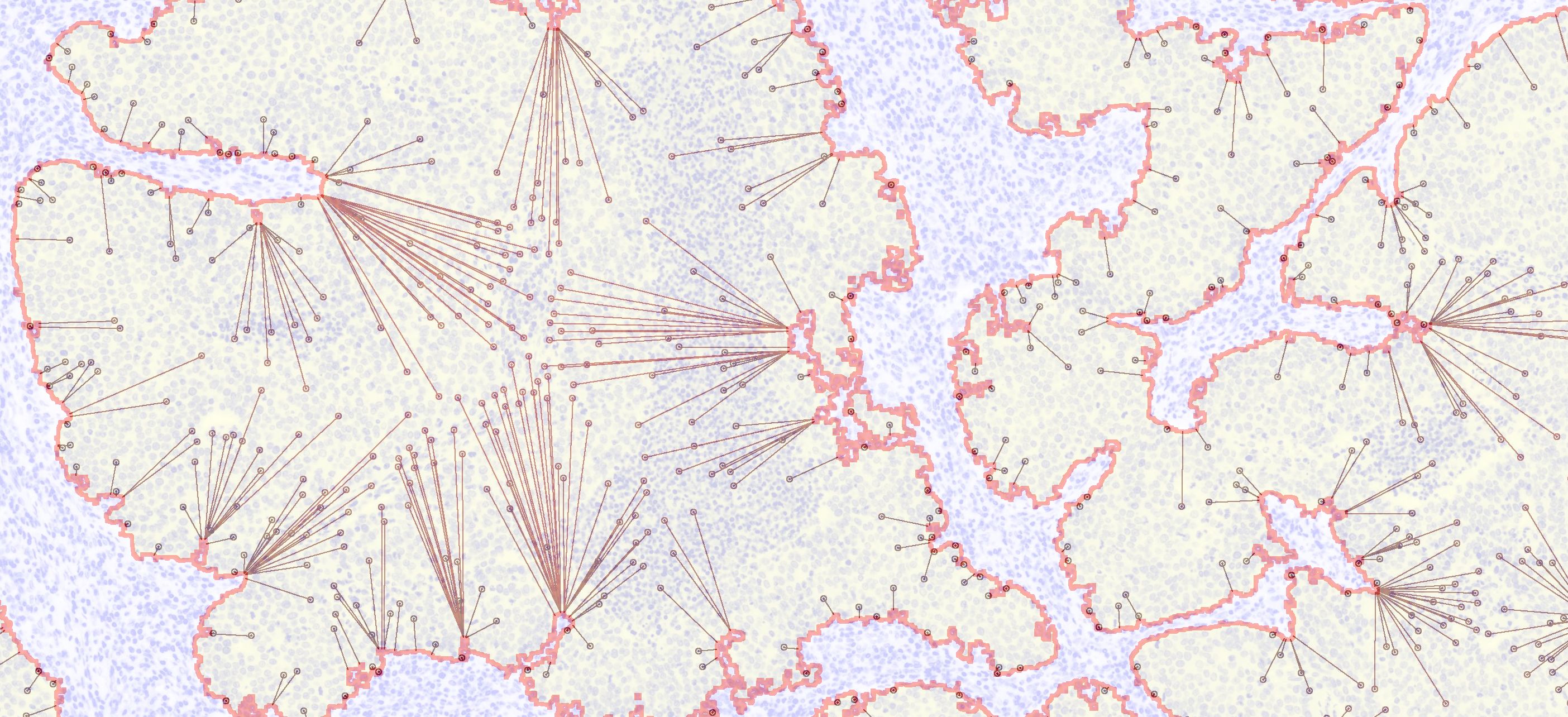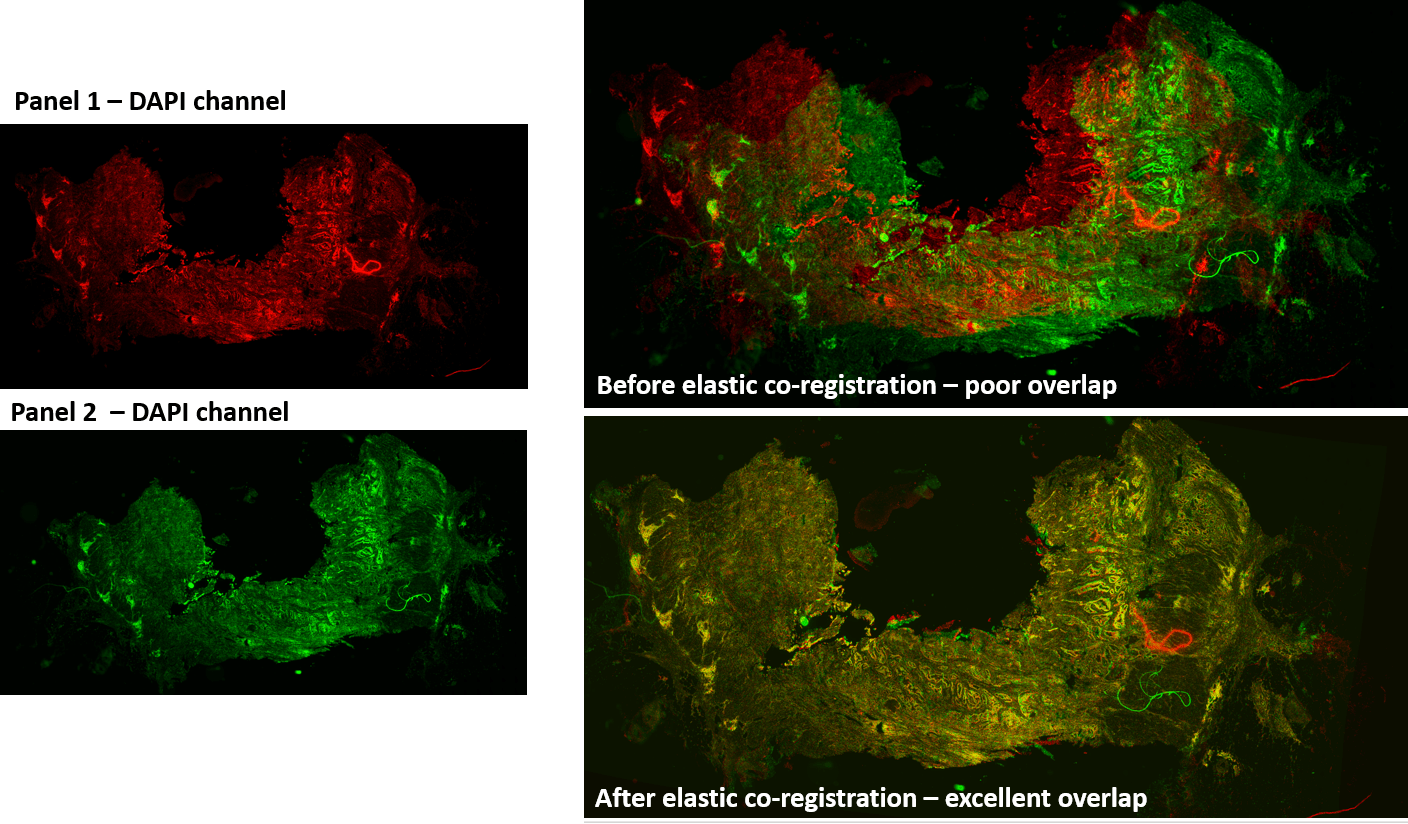Highly-Multiplexed Immuno-histochemistry: Technology Overview
Over the last few years, several technological approaches have been developed to provide researchers with the ability to survey the immune system landscape on tissue sections. However, many of these technologies require expensive imaging or tissue processing equipment, and the use of proprietary labeling techniques. Other techniques, such as bleaching which has been shown to not completely remove fluorescence. Making achieving successful multiple rounds of labeling challenging. The significant upfront costs and reliance on proprietary antibody technologies have limited the widespread use. Since most techniques rely on proprietary antibodies, the necessity to re-validate antibody panels increases the barrier to adoption for using these approaches.
Due to the need for a robust multiplexing technique which is compatible with any antibody, Visikol has developed a unique approach to highly multiplexed immunohistochemistry.
The approach is compatible with any antibody that has been validated for use in immunohistochemistry
To accomplish multiple rounds of labeling, our technology leverages our EasyPlex™ Antibody Stripping Reagent which gently denatures primary and secondary antibodies without damaging the tissue or disrupting antigenicity. After multiple rounds of labeling and imaging are conducted, the data sets are aligned using computational co-registration to achieve a single dataset with 10+ channels. From this dataset, systematic quantification of cells of interest (e.g. immune cells) and complex spatial analysis to reveal interactions and relationships between cell populations and structures within the tissue.
Antibody Stripping
The EasyPlex™ approach works by removing antibodies from slides instead of just quenching fluorophores like bleaching-based approaches. This process is able to remove primaries and secondaries, while being gentle enough to preserve epitopes and tissue structure through through multiple rounds of stripping. The EasyPlex™ approach reliably removes > 97% of the antibody signal to allow iterative labeling and image analysis.

Co-Registration
After antibodies have been stripped from a slide and the slide is relabeled and imaged, the panels need to be aligned with one another such that proper image analysis can be conducted downstream. Tissues tend to become misaligned as they are reprocessed due to slight difference in the pressure of coverslipping as well as tissue malleability. To address this problem, Visikol has developed an elastic co-registration approach that is capable of aligning multiple panels using the DAPI nuclear stain as a guide.
Image Analysis
Following co-registration, the multiple panels of data from the slides can be used to address a wide range of research questions from simple cell counting to evaluating spatial profiling (e.g., what types of T-cells have entered the tumoral area) and evaluating the coincidence of various markers.



